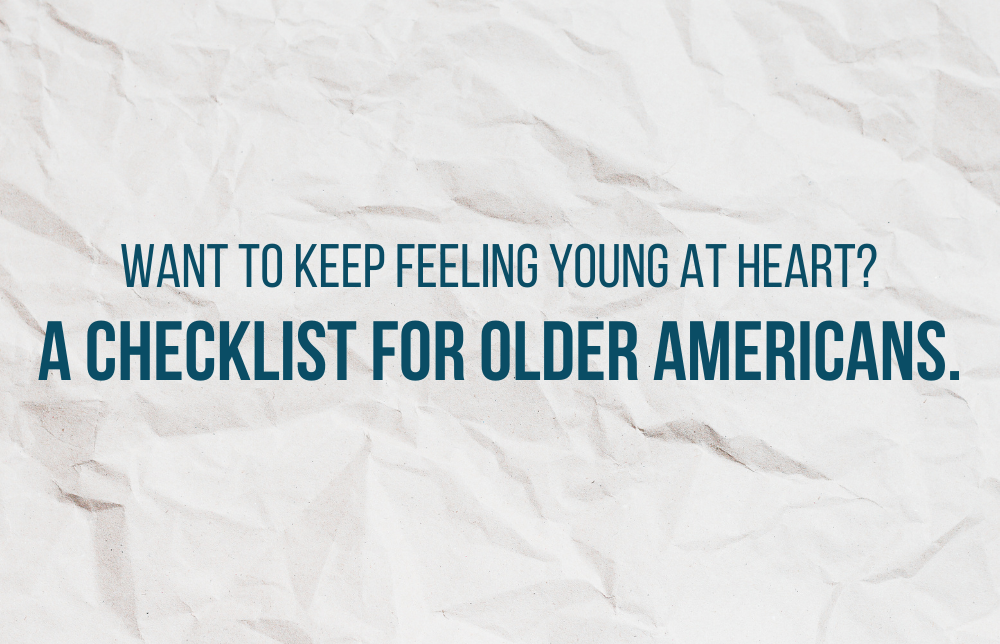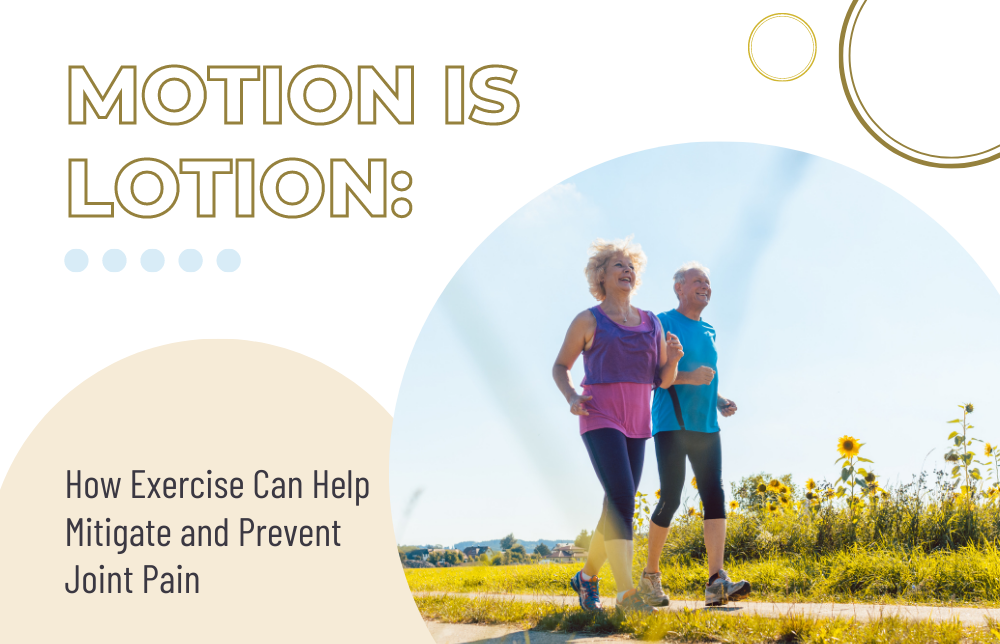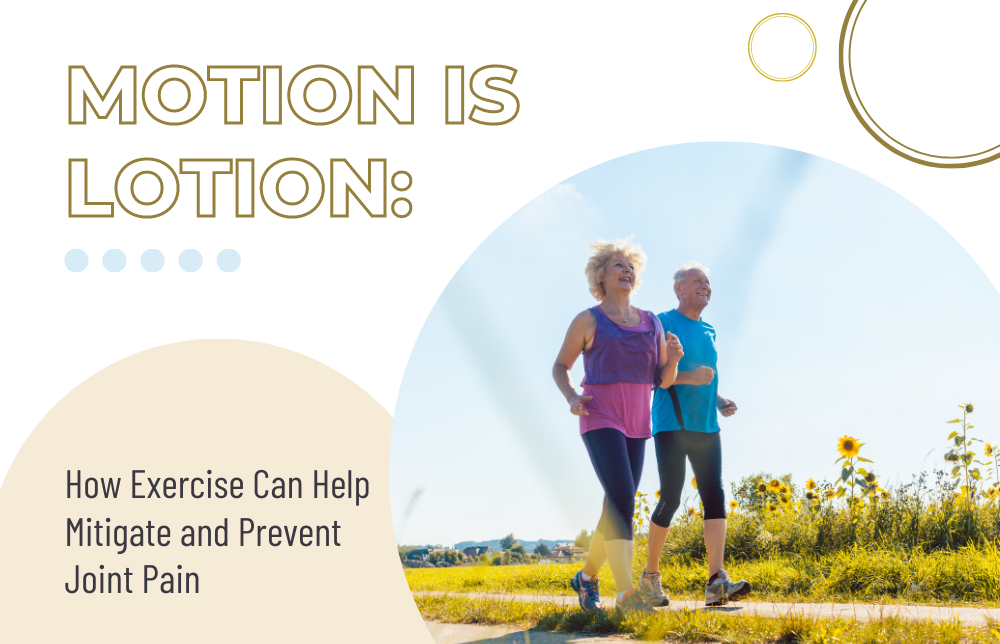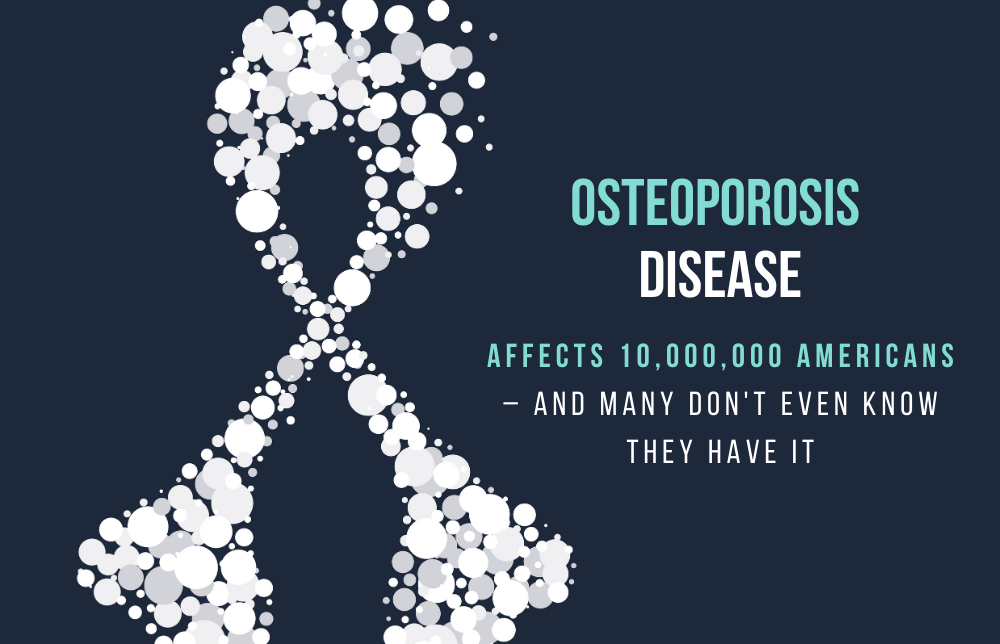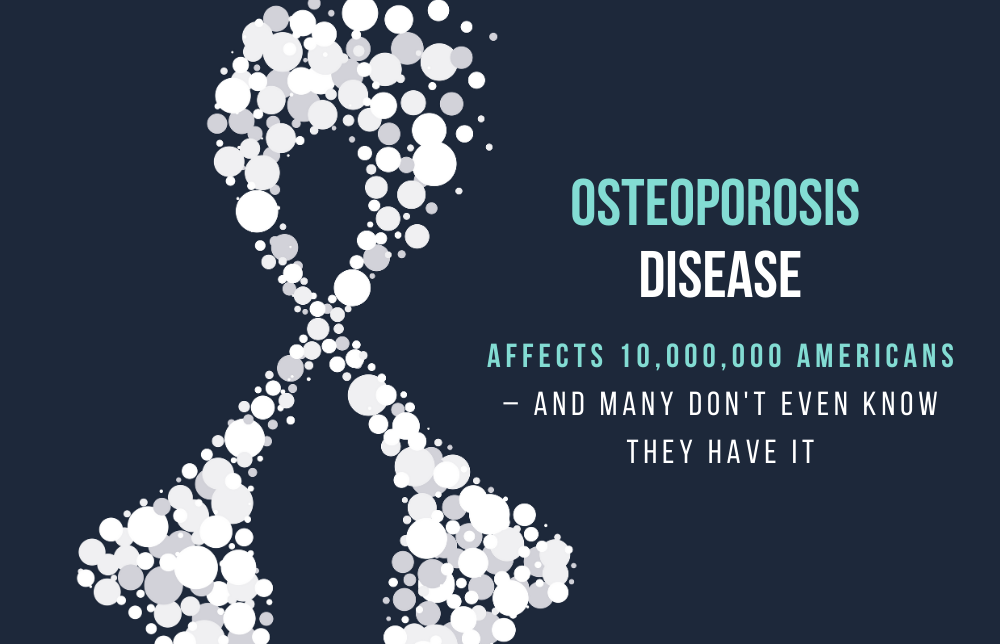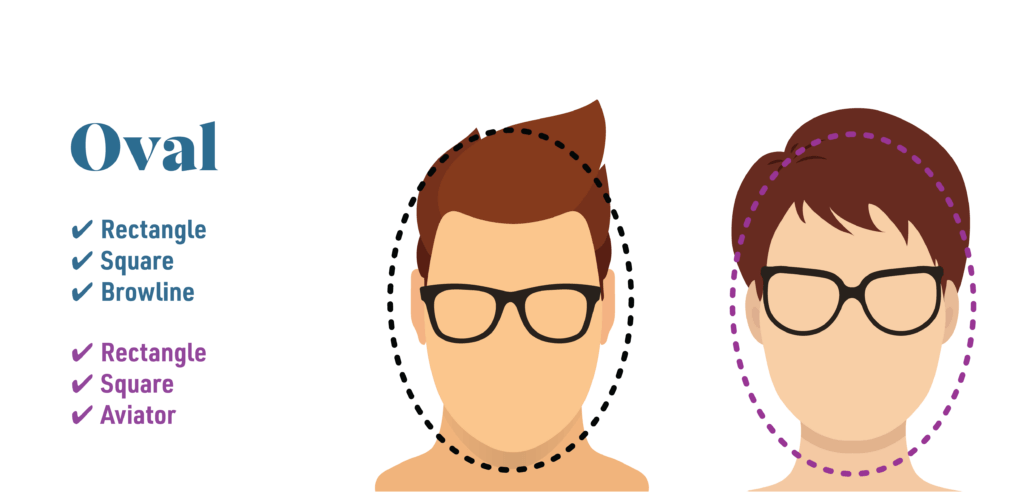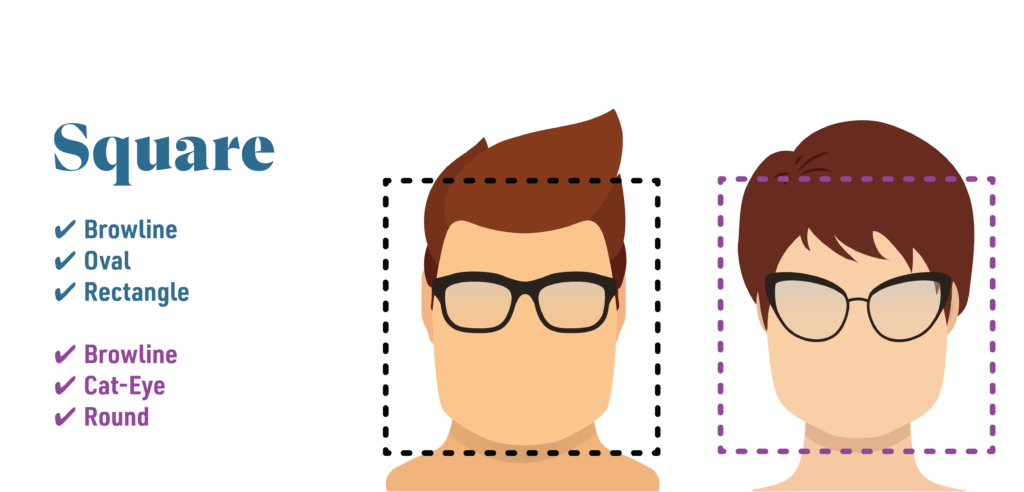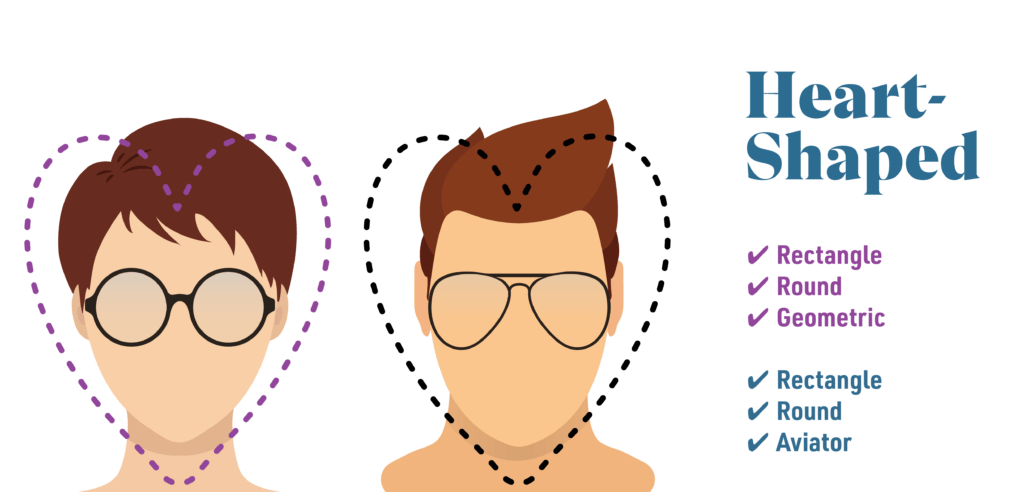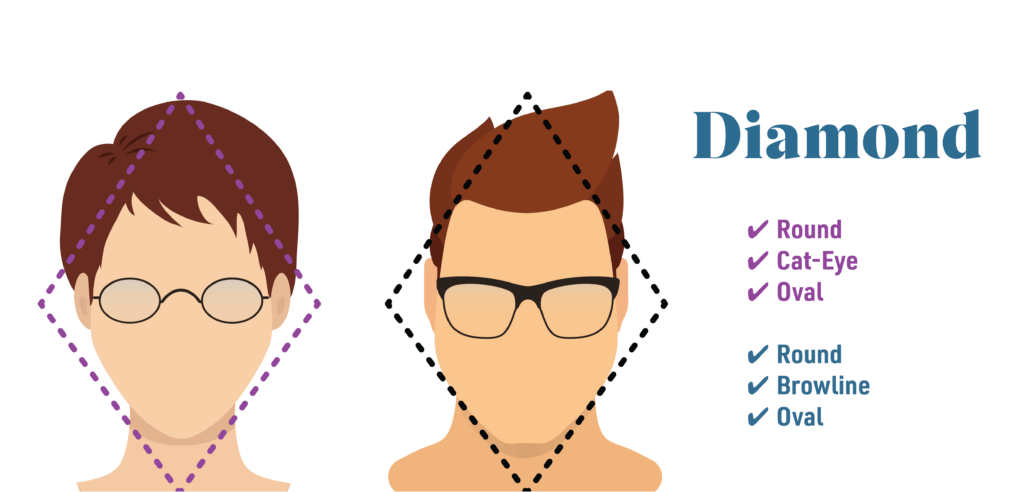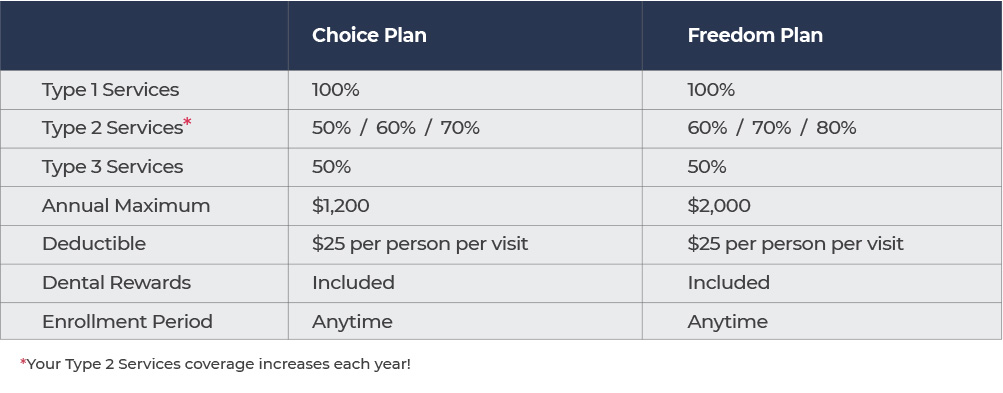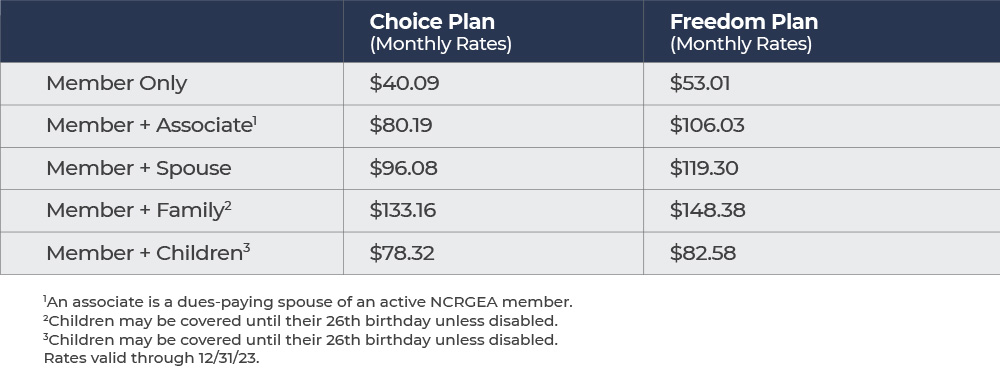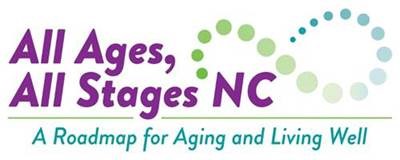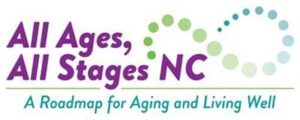Want to Keep Feeling Young at Heart? Check These Boxes!
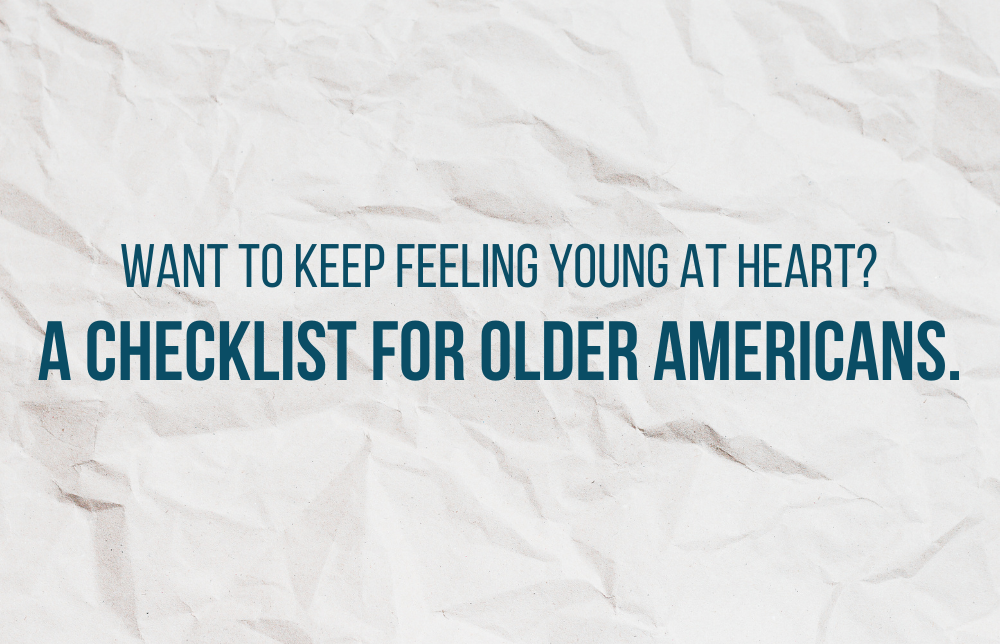
Maintaining good health is important throughout our lives. As we age, it’s more vital than ever to keep living a happy and active life. While genetics or family history contribute to our own health risks, there are things you can do to help prevent chronic health conditions such as diabetes and heart disease. Here’s a quick checklist to help maintain good health as you age.
- Eat a heart healthy diet
Taking care of your heart should be among everyone’s top priorities. Eating a heart healthy diet – such as lowering your saturated fats and sodium intake, reducing cholesterol, and getting the nutrients your body needs to continue working properly as you age – can help you stay healthy. Even if you’ve had a heart attack, it’s never too late to make healthy lifestyle changes and take steps to improve your overall health.
- Exercise and stay active
As you get older, many people claim they just don’t have the energy to exercise. And while our exercise routines need to evolve as we age, people who start exercising again frequently soon report increased energy and an improved quality of life. Studies prove that exercise can not only help your body stay fit, but also improve your mood.
- Make sure your hearing is loud and clear
Hearing loss is all too frequently part of aging. If you have a persistent ringing in your ears or sometimes have difficulty understanding what people are saying even though you can hear them, or others tell you that you have the TV volume up too high, you might have some hearing loss or a related condition called tinnitus.
- Maintaining an active lifestyle starts at your feet
Because we rely on them so much and they literally carry the weight of our entire bodies, our feet and ankles are constantly at risk for inflammation, pain, and limited movement and flexibility. Wear appropriate and comfortable footwear that is right for your foot type. For example, if you are flat-footed, make sure you wear shoes with appropriate cushioning. Flexible shoes that bend too readily often cause people to twist their foot or ankle and fall. Hard, sturdy soles are more slip-resistant than lightweight, flexible shoes. Choose shoes that have a good tread and get rid of shoes that have worn out tread.
- Keep your medications organized and safe
As we age, we frequently have more medications to manage different health conditions. It’s important to review your medications regularly with your pharmacist and your health care provider to make sure everything is necessary and to identify possible interactions. One of the best ways to make sure you take your daily medications is with a color-coded pill organizer.
- Get your beauty rest
As we age, losing sleep at night can also lead to other health concerns, like an increased risk of falling and daytime fatigue. People over age 65 should get at least seven-to-eight hours of sleep every night. That’s because getting the rest you need can help you stay both physically and mentally well as you age.
Following the checklist above can help you to stay healthy and active throughout your entire life. Another list to check is making sure you have all the coverage you need. From Vision and Dental to other important insurance coverage, a FREE Benefits Review with an AMBA field agent can help make sure you and your family can enjoy peace of mind. Request a Review now at www.amba-review.com/NCRGEA or call 800-956-1228 Mon-Fri 10am-8pm EST. It’s nice to know that anytime you have questions about your insurance benefits, someone is ready to assist.



